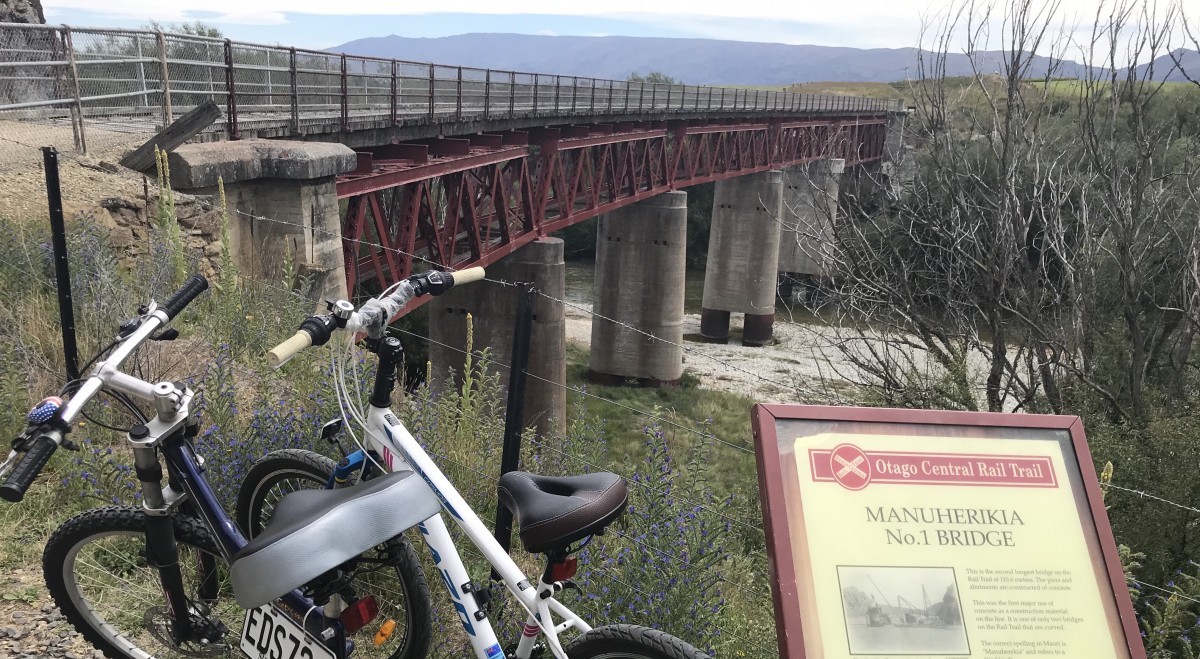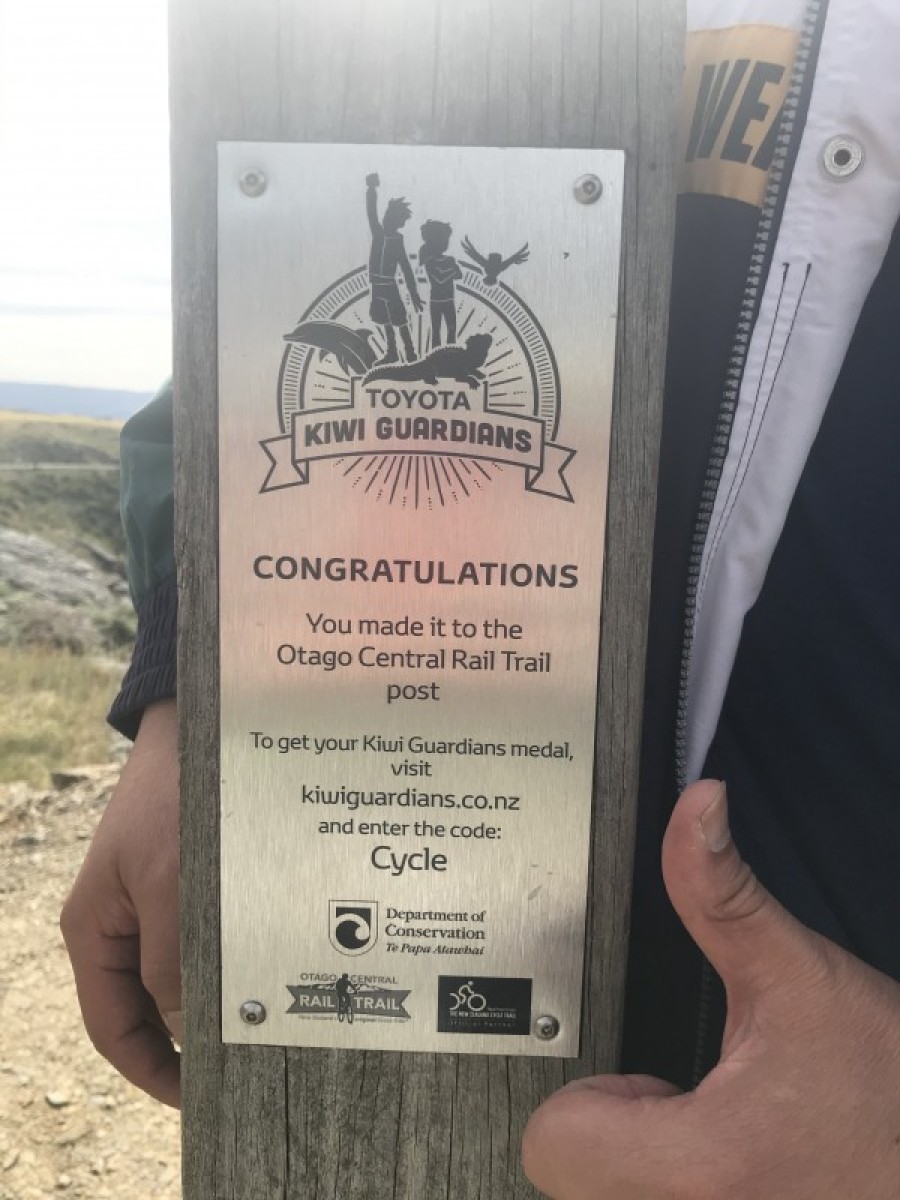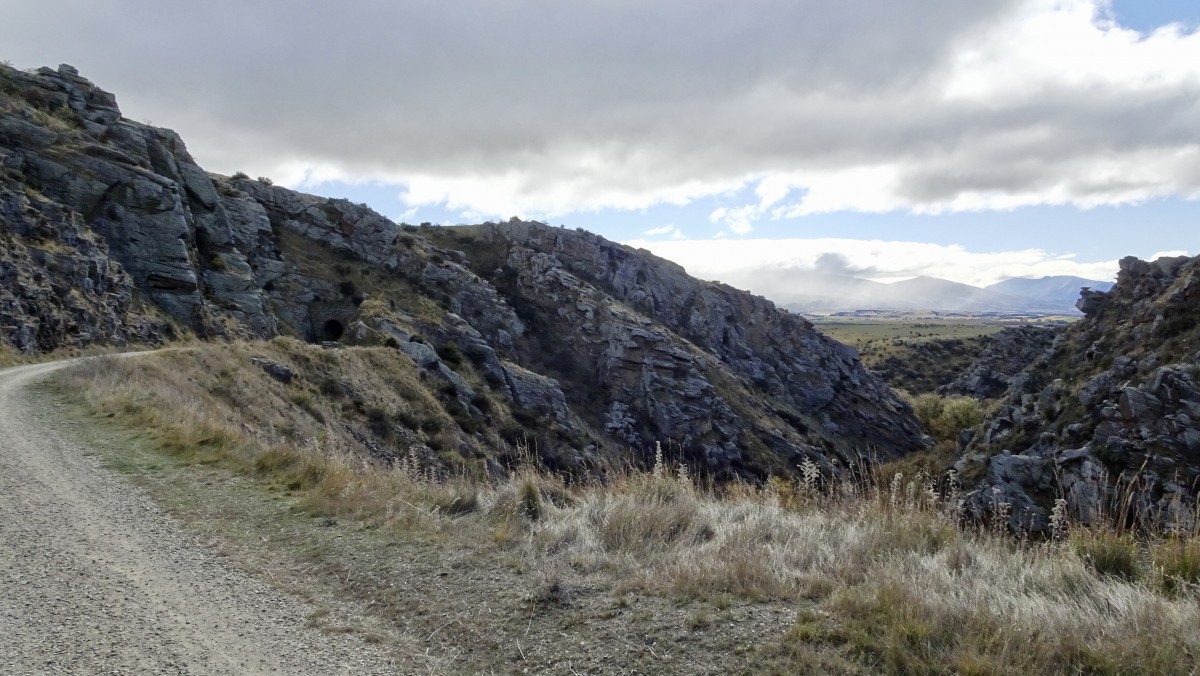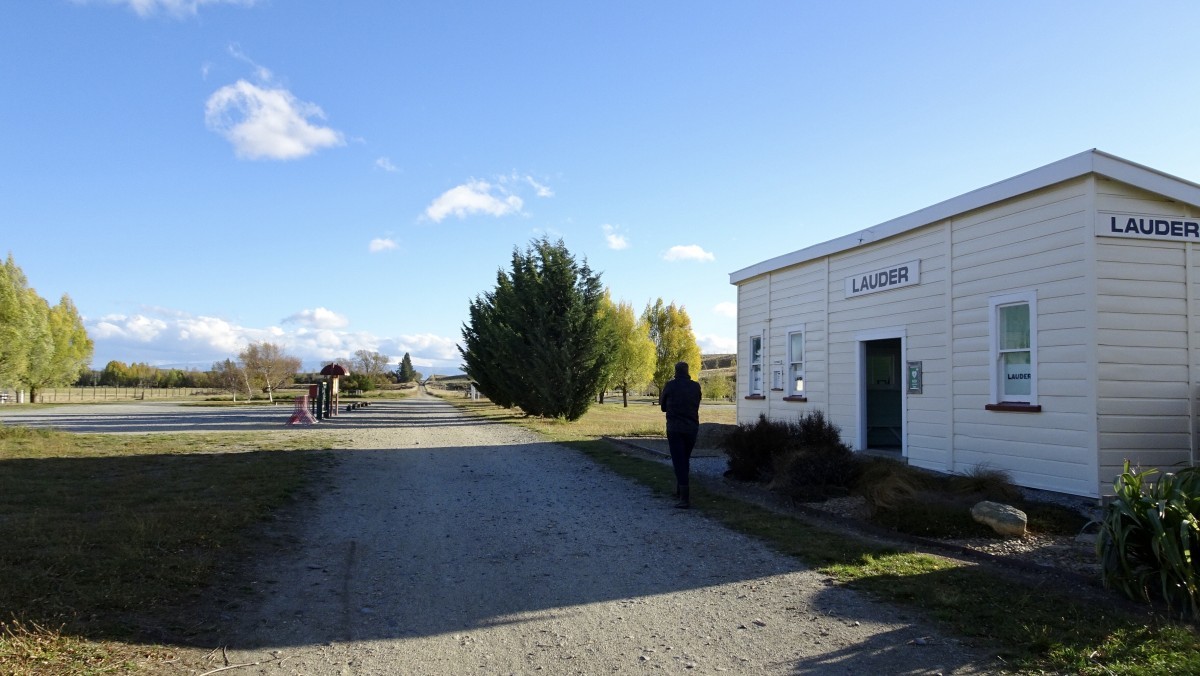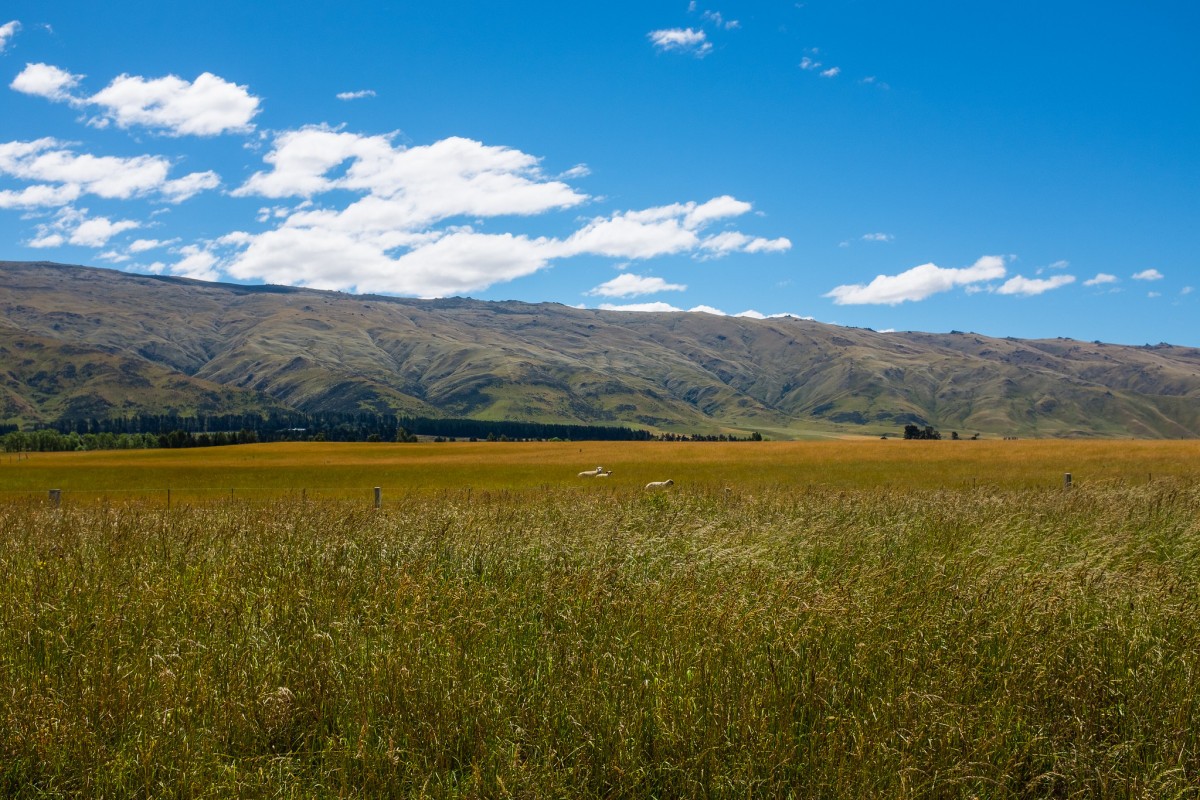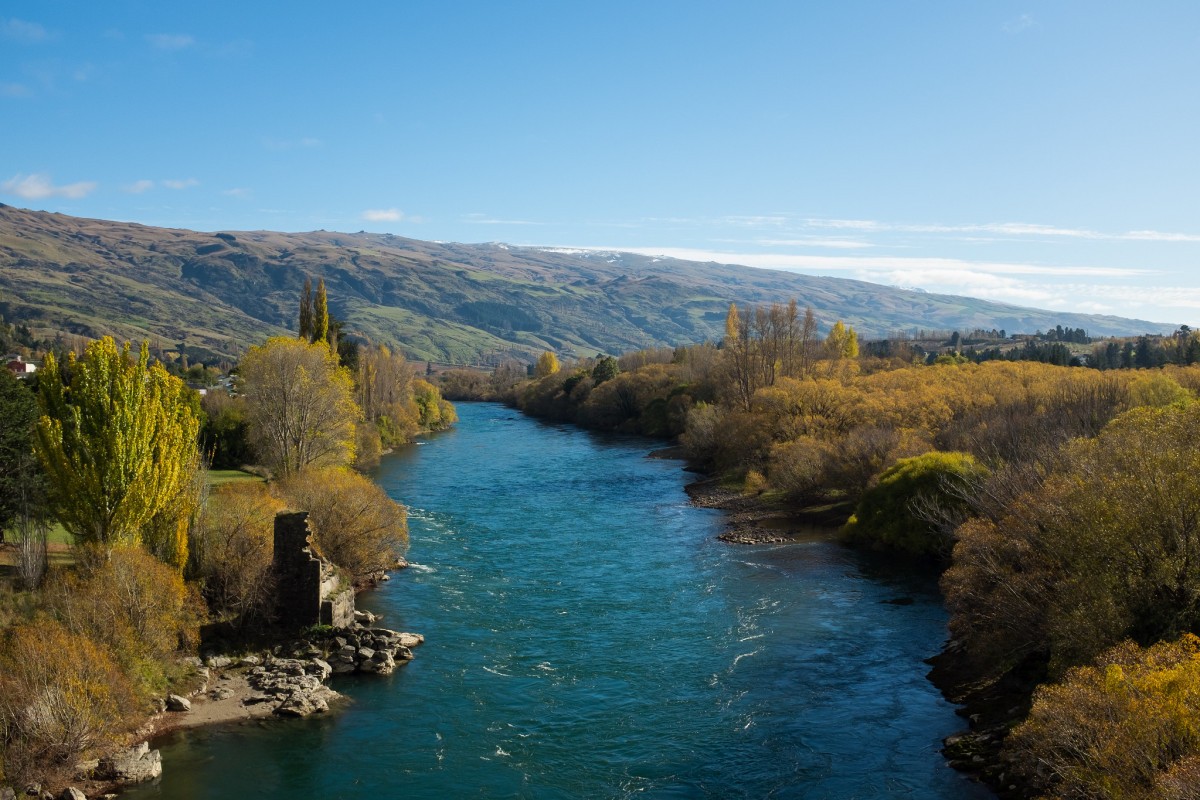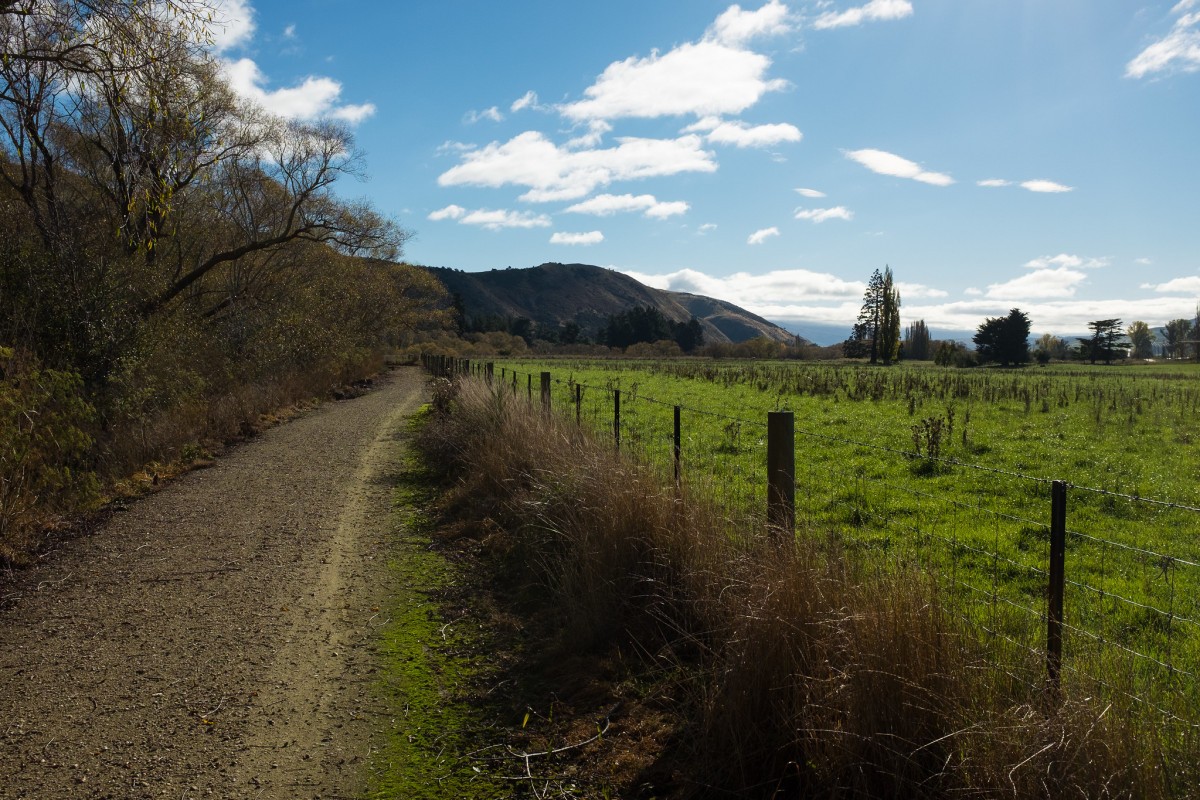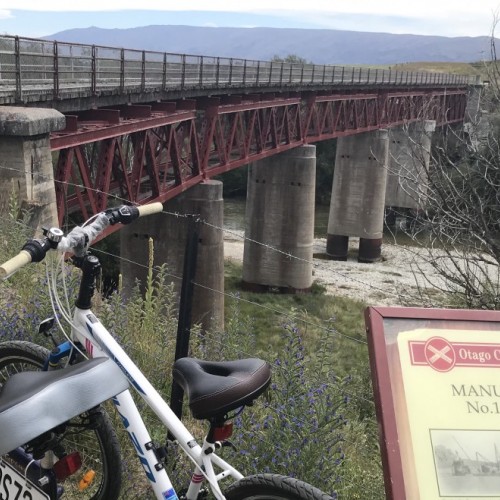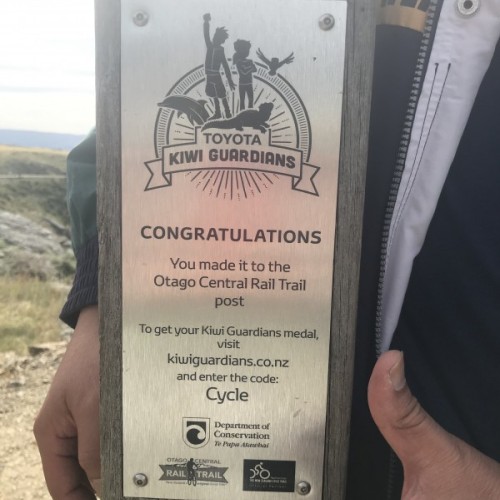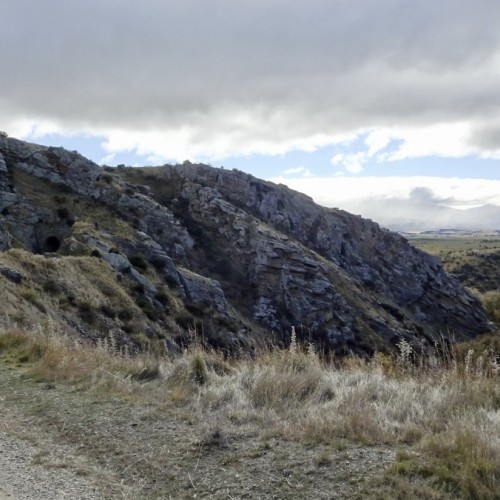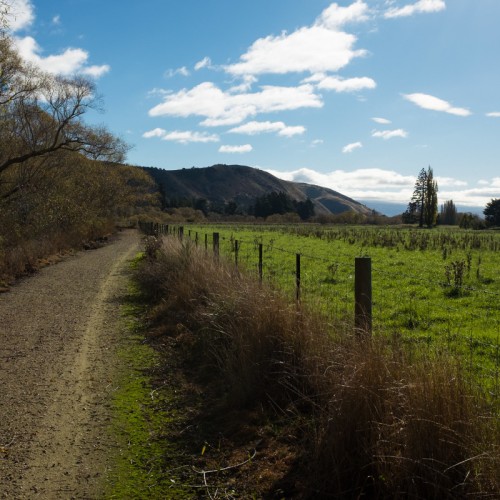Trail can be ridden in either direction. If you’re after a shorter ride, there are numerous townships located along the trail where you can start or end your ride. The trail is 100% gravel, is well-signposted and free maps are readily available. For $12.50 you can buy a special Rail Trail Passport and have it stamped at all the Station sites along the Trail to prove you rode the entire trail.
It's not just about the bike! This three to four-day journey is also an invitation to experience a living heritage. The now-disused rail route you’ll ride upon was built from 1893 to 1907 and enabled sheep-farming and fruit growing to prosper.
Some descendants of the first pioneers still farm here today. You’ll experience warm, rural hospitality as you travel, stop, eat and quench your thirst in the small towns, and sleep in the farm-stays, hotels and cottages along the route. You can sip a beer with the locals in the pub, enjoy home baking at the cafés, and shop in a general store.
Riding or walking the trail
The rail-trail is similar to riding or walking on a reasonably level gravel road or track, as the gradient rarely exceeds 1 in 50, but it isn't an asphalt pathway. Work on improving the surface is continuing; trail users should expect some bumps and loose material.
Would-be trailists should be aware that the trail is 150 km, which is a long way and means 4-5 hours a day on a bike. For this reason, pre-trip training on the rougher ground is a good idea, enabling you to have a much more enjoyable experience when you do the trail.
Average walking speed is 4-6 km/hr and for cyclists, it's 10-12 km/hr.
Most cyclists cover the 150 km over 3–4 days and walkers can take up to a week. Many people do several sections over a period of time - kids of all ages will love the tunnels and viaducts on the Lauder to Auripo section.
You can plan your trip on the Otago Central Rail Trail website.
Where to stay
On the trail there are two basic camping areas with toilets. One is between Daisybank and Tiroiti, the second is between Waipiata and Kokonga.
Non-DOC camping grounds are located in Middlemarch, Ranfurly, Omakau, Alexandra, and Clyde.
Other accommodation (hotels, backpackers) is available in Middlemarch, Waipiata, Ranfurly, Wedderburn, Lauder, Omakau, Ophir, Alexandra, and Clyde.
The Otago Central Rail Trail website has a list of accommodation options.
Things to see
- Superb examples of the stonemason's art on even the smallest bridges and culverts.
- Prices Creek tunnel and viaduct between Hyde and Tiroiti.
- Winding through the beautiful Taieri Gorge with great views of the river and, in autumn, the colours of the leaves as they turn.
- The art deco buildings and restored railway station at Ranfurly.
- The Golden Progress mine, poppet head and other gold mining relics, a short bike ride off the trail near Oturehua.
- The schist bluffs, tunnels and viaduct of the Poolburn Gorge.
- The remnants of the historic workers' camp in the Poolburn Gorge.
- Country pubs in trailside towns: Waipiata, Lauder, Wedderburn, and Chatto Creek.
- The wild thyme and schist landscape around Alexandra.
- Extensive views of Central Otago's 'Big Sky' landscape. Tor-studded ranges and hills and expansive upland basins, made famous through the paintings of Grahame Sydney the poetry of Brian Turner and the photography of Gilbert van Reenan.
About the trail
The Otago Central Rail Trail is a unique recreational facility, following the former Otago Central Branch Railway for 150 km from Middlemarch to Clyde.
The rail trail is very popular and used annually by thousands of cyclists and walkers from around the world.
It was developed by DOC in partnership with the Otago Central Rail Trail Trust as a recreational facility for walkers, cyclists and horse riders.
Since the closure of the railway in 1990, more than 60 bridges have been redecked and have had hand rails added to make them safe for trail users. The crushed rock ballast of the railway foundation has also been removed and replaced with gravel to improve the surface.
The Otago Rail Trail joined Nga Haerenga, New Zealand Cycle Trail in March 2012.
Source: Department of Conservation


